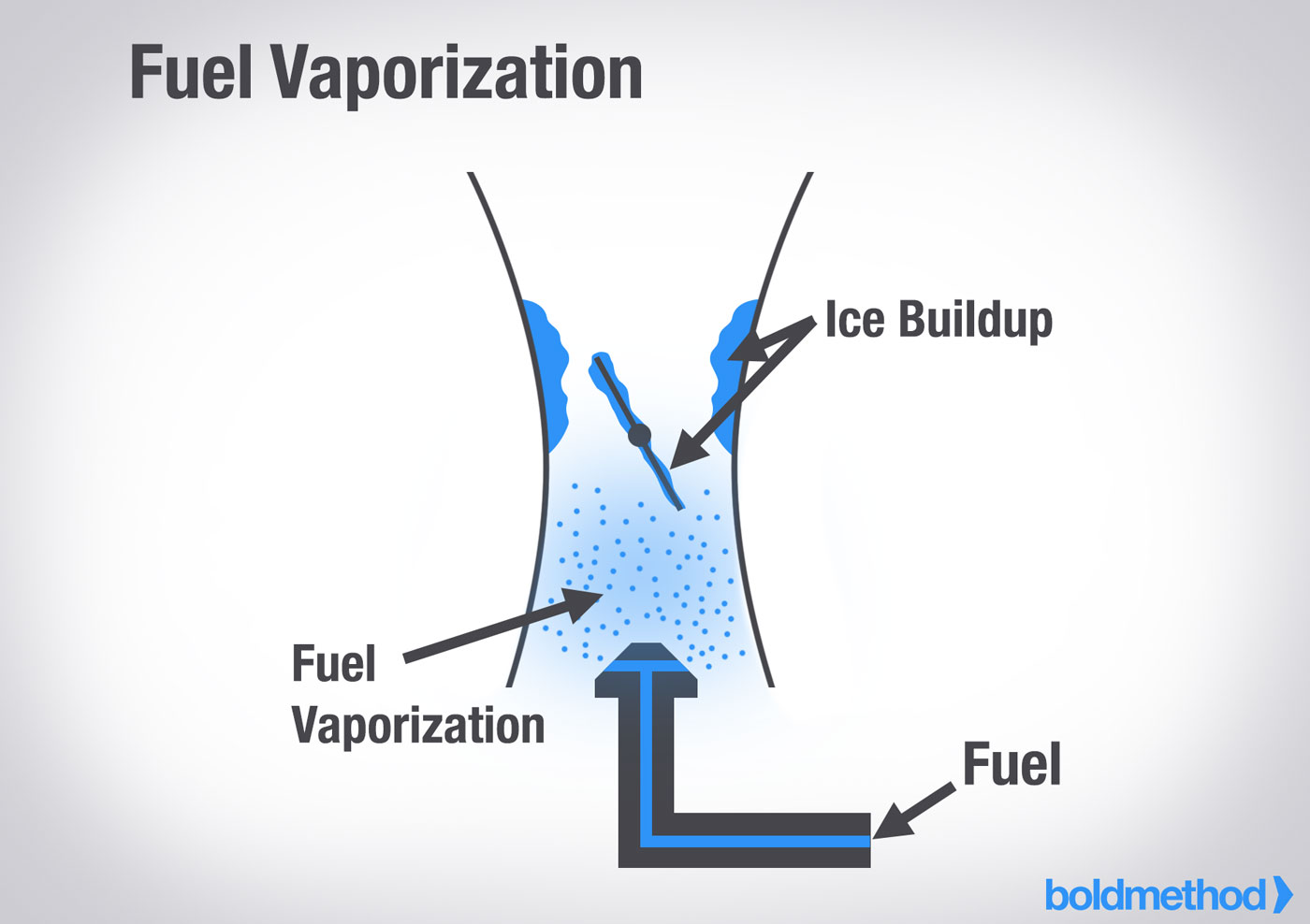You're cruising along, when suddenly your low voltage light turns on. Now what?
Why Do Alternators Fail?
Your alternator is your aircraft's primary source of electricity, and when it fails, you need to start making some decisions. But first, why would your alternator fail?
There are a few reasons, and the first is one of the most common problem: a broken drive belt.
Most aircraft alternators are powered by a drive belt that's connected to your engine's crank shaft. And, like everything else on your engine, they can wear out and break. When they do, your alternator comes to a screeching halt, and so does your flow of electricity from the alternator.
Worn Out Brushes
Too much wear on the alternator brushes is another common problem. So what are alternator brushes? They're these things:
And what do the brushes do? Since the inside of an alternator spins in a circle, you can't connect a pair of wires to it, because they would twist off. Instead, to get electricity flowing out of the alternator, spring-loaded brushes push up against the alternator shaft to create a circuit that electricity can flow through. The downside? Since there's constant friction, they can wear out and stop working.
Wiring Problems
Ever get your wires crossed? Wiring is another cause for alternator problems, but not nearly as common. If your airplane's wiring isn't hooked up correctly to the alternator, it could cause the alternator to overload and de-energize (that's a fancy term for "stop working"). It's not very common, but it is possible.
What Happens When Your Alternator Fails?
So what happens when you alternator fails? If you have a battery, not much. At least for the first few minutes.
That's because most aircraft have a battery that takes over when your alternator fails.
So how do you know if your alternator isn't working? If you're flying a Cessna 172, your "LOW VOLTS" light comes on, and it means your alternator isn't producing enough (or any) power for your plane.
If that happens, there are a few steps outlined in the Cessna 172 POH:
- 1. MASTER Switch (ALT Only) - Off
- 2. ALT FIELD Circuit Breaker - CHECK IN
- 3. MASTER Switch (ALT Only) - ON
By turning the alternator switch off, verifying all your Alternator Field (ALT FIELD) circuit breaker is in, and then turning the alternator master switch back on, you're verifying that a small electrical disturbance wasn't to blame.
If a small disturbance was the problem, your LOW VOLTS light will extinguish, and you're back in business. But if the light stays on, your alternator is most likely dead. And at that point, you need to start making some decisions.
What Are Your Flight Conditions?
The first decision is based on your flight conditions. Are you in VFR conditions, or IMC? If you're in clear-blue skies, there really isn't a lot of worry about. Your engine runs just fine without an alternator, because it gets its spark from your magnetos. And since you can see outside, you can visually navigate yourself to the ground, even if your battery were to completely die.
But if you're in IMC, it's a completely different scenario. When you're in "the soup", you need your electrical instruments to fly and navigate. Think about what would stop working if you lost all your electrical equipment: your turn coordinator, your CDI(s), your radios, your lights, and a lot more.
How Much Time Do You Have?
So if you're flying on battery power alone, how long will your battery last? It depends on a lot of factors, including your battery's age, the temperature, and how many amps you're pulling from it. If you have a 20 amp-hour rated battery, it means you can (most likely) draw 20 amps with your equipment, and the battery will last for an hour. But since there are so many factors involved, it's hard to tell exactly how much time you'll have. Maybe it's 15 minutes, and maybe it's an hour and 15 minutes. It all depends on your battery's condition, and how much your equipment is drawing from it.
If you're in IMC, you need to get out of the clouds quickly, because you don't want to be relying on your battery as your only source of power. And if you're in the clouds, you're probably not going to want to shut down a whole bunch of power-consuming components and fly partial panel to your landing destination.
If you're in VMC, it's a little different story. When you're VFR, you can shut down components (or in many cases, your entire electrical system) to save on battery until you get to your destination.
Choosing A Landing Airport
Now that you've answered your first two questions, the next one is: where should you land?
The answer isn't always the closest airport. If you're in IMC, sure, getting yourself out of the clouds and on the ground is a pretty good idea. But what if it's a beautiful VFR day?
Think about how you're going to get that alternator fixed. If it's clear-and-a-million outside, does it really make sense to land at an airport that doesn't have maintenance, just because it's closer? Probably not. Choosing an airport where you can get your plane fixed is almost always a good idea. That's because when you land, you can't take off again until that alternator is fixed. And if you need your mechanic to drive 100 miles to an unattended airport to fix your plane on-site, that's going to get expensive, not to mention the time it takes to get your plane back into the sky.
Talking To ATC
There's one last factor involved in an alternator failure, and that's talking to ATC. If you can, you should let ATC know that you've had an alternator failure as soon as practical. But what happens if you're planning on landing at a controlled field, and your battery dies before you get a landing clearance? There are always light gun signals, but you probably have something even better in your flight deck: your cell phone.
I
Putting It All Together
If you're in the clouds, an alternator failure can be a real concern, and you need to get out of IMC quickly. But on most VFR flights, it really comes down to good decision making. Make the right choices, and you'll be on the ground at an airport where you can get your plane fixed. And once your alternator is back in business, you can get yourself to your destination in no time.






















